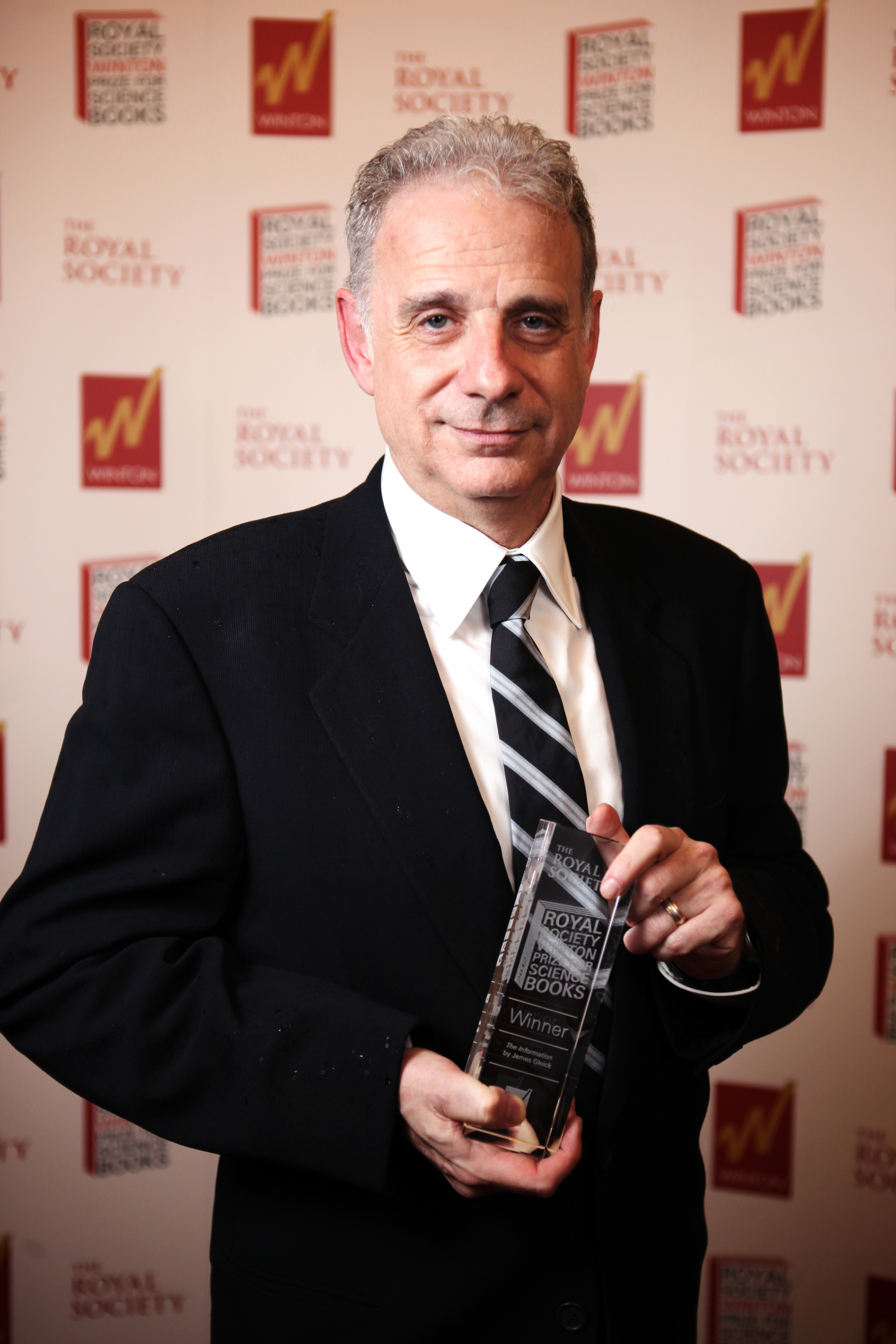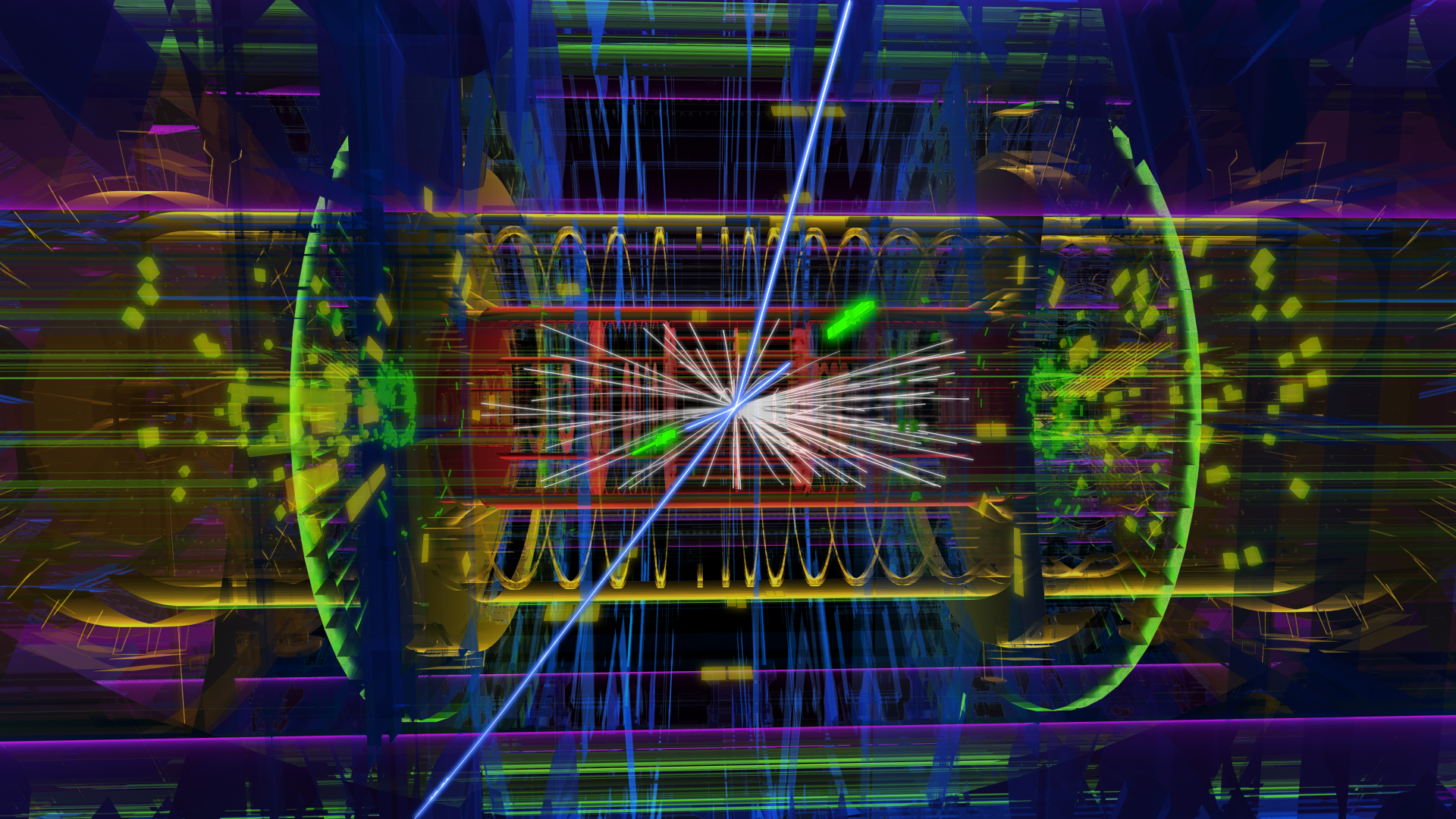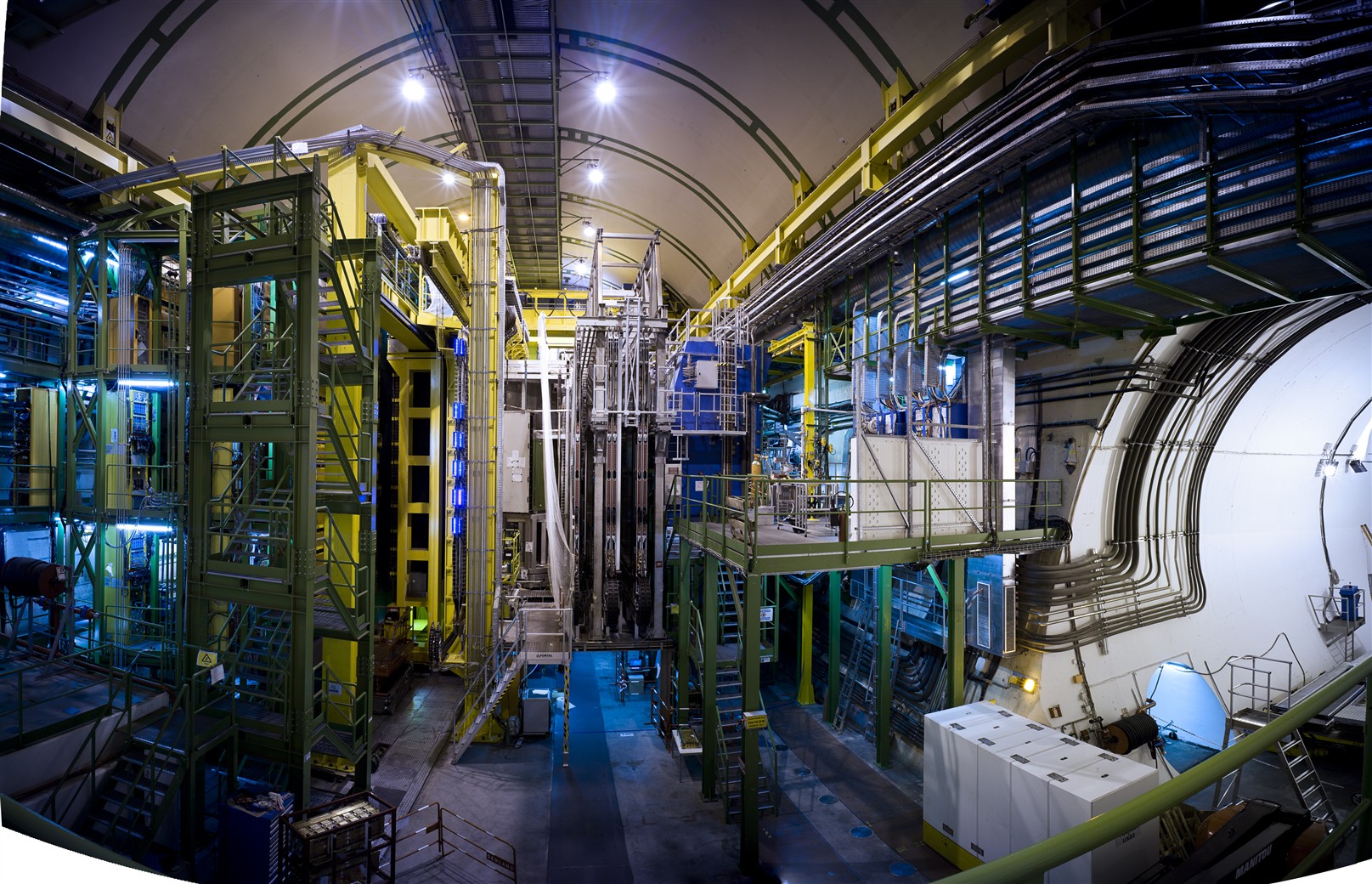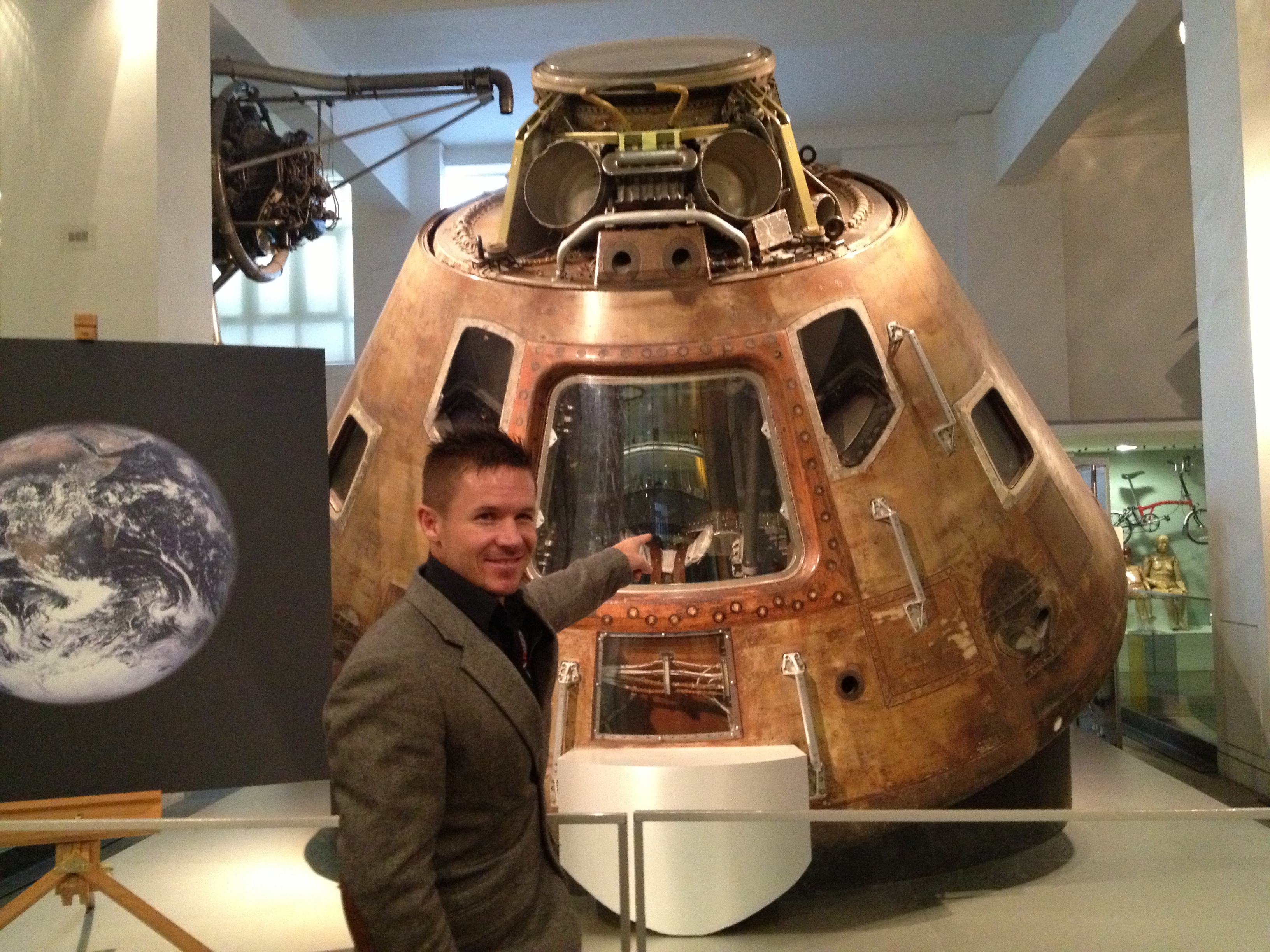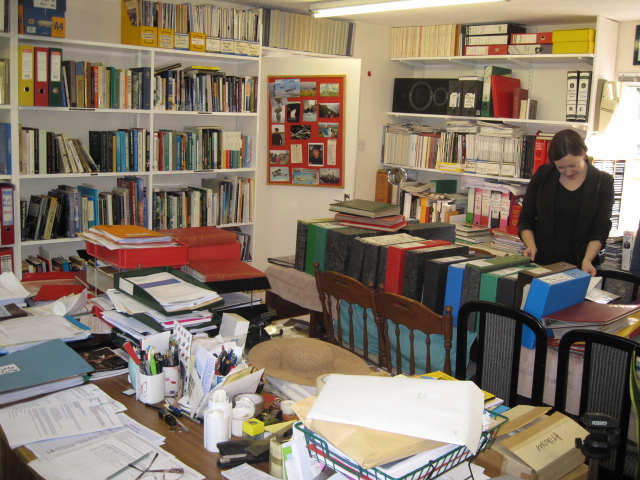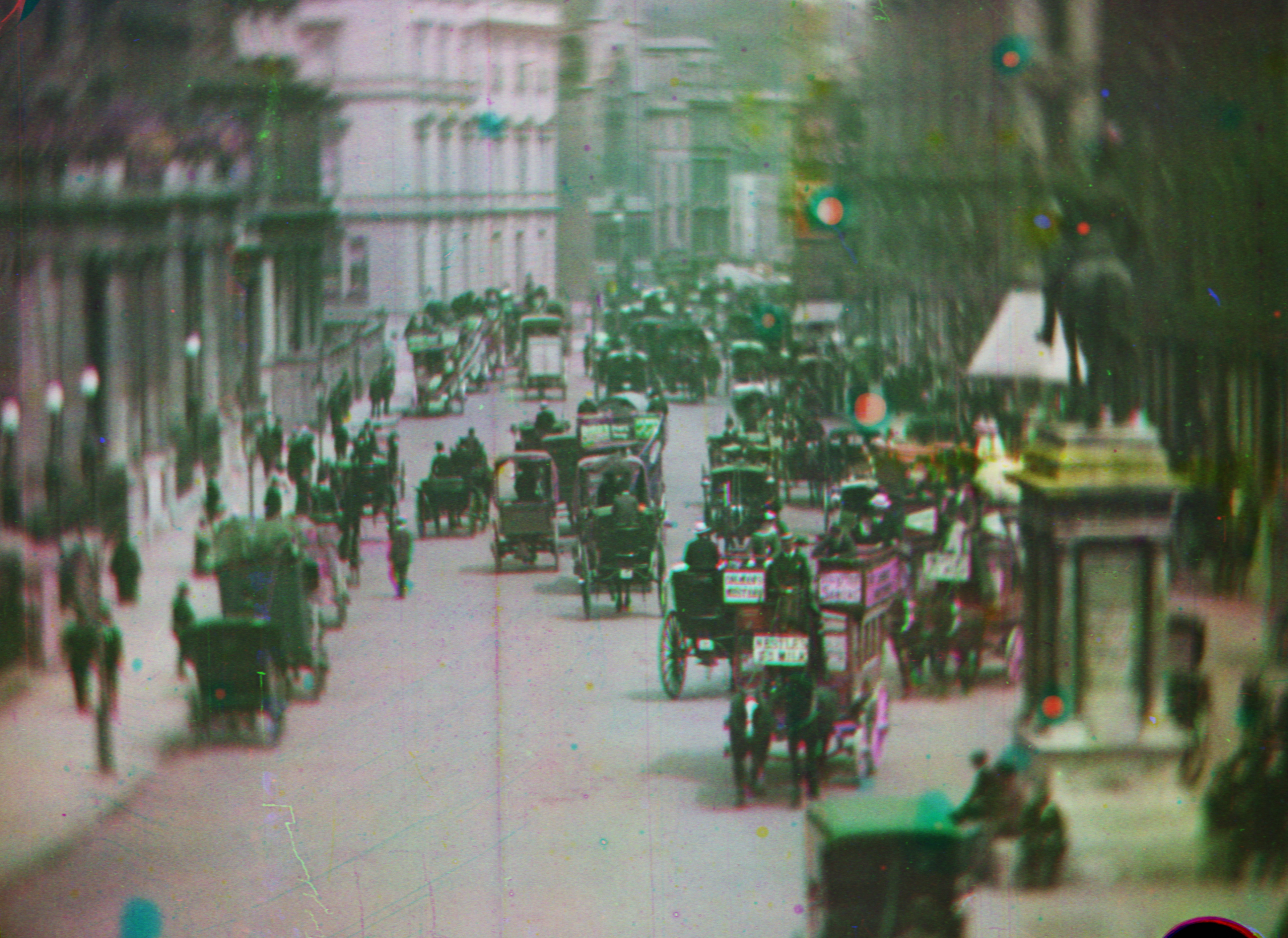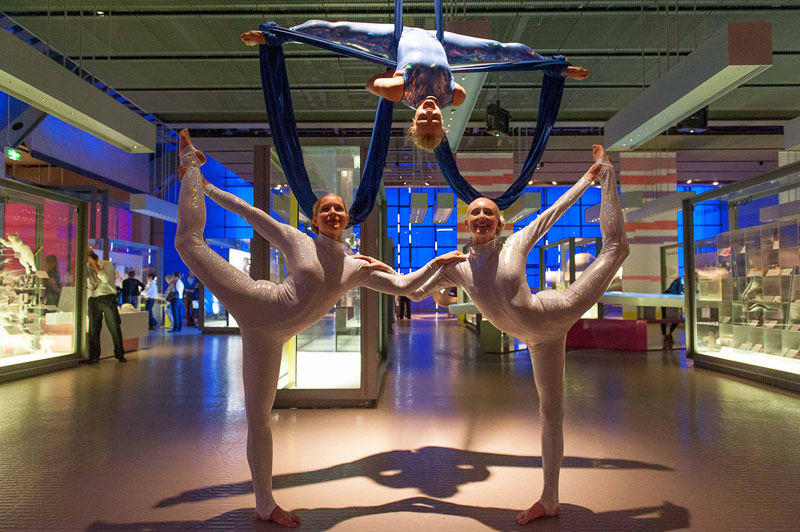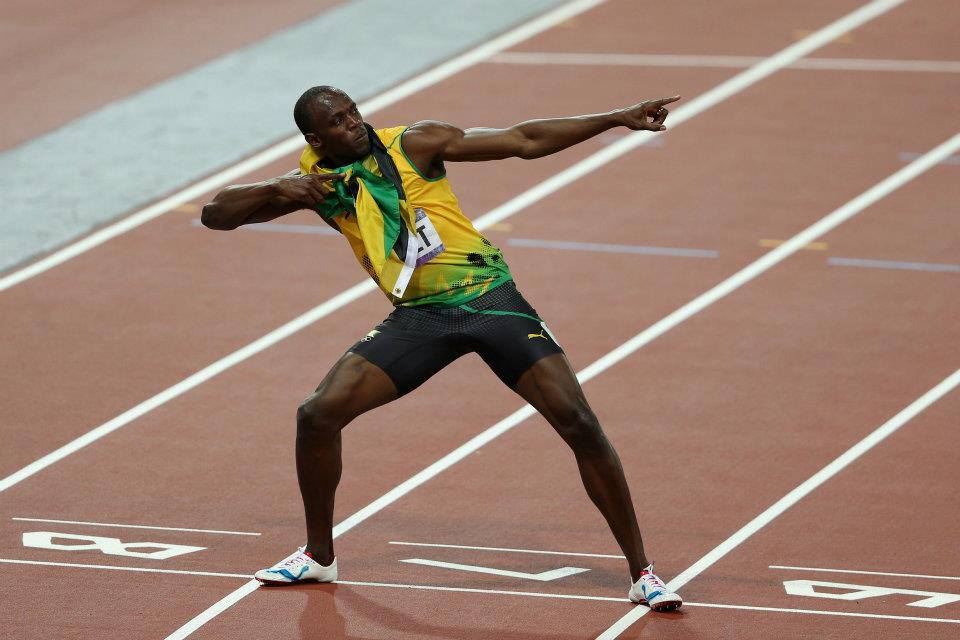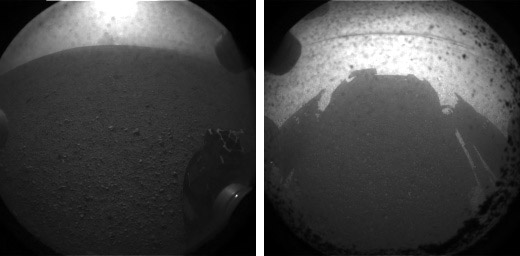Explore the work of our contemporary science team who run the Tomorrow’s World Gallery. In partnership with the BBC the gallery inspires visitors with the latest scientific inventions and explores the impact they could have on our future.
Every time we invent a new communications device, somebody has to decide what the first every message will be. So, 20 years ago today, when 22-year-old British engineer, Neil Papworth, was trying out Vodafone’s new SMS system out for the first time, what did he send? Well, as it was nearing Christmas, there was really only one choice: MERRY CHRISTMAS
Boffins, crazy ideas and blue sky research might not sound like the building blocks of an industrial policy. However, one of the most seasoned figures in modern politics argued this week that science is not just a cultural activity but plays a central role in driving the nation’s economy. Lord Heseltine, the former deputy Prime Minister, delivered this message to a 300-strong audience attending the Campaign for Science and Engineering (CASE) Annual Lecture.
The bestselling author James Gleick last night won the world’s most prestigious science book prize with his revelatory chronicle of how information has become the defining quality of the modern age.
Clack clack clack clack… ping! The sound of a typewriter sweeping across the page, already becoming a faint memory, will soon fall silent as the mass manufacturing of this technology ends in the UK.
New research from the Large Hadron Collider shows the newly-discovered Higgs boson is behaving exactly as expected. While this might seem like good news, for some people it is the opposite, because a well-behaved Higgs might rule out some intriguing new physics theories.
Dr. Harry Cliff, a Physicist working on the LHCb experiment and the first Science Museum Fellow of Modern Science, writes about a new discovery at CERN for our blog. A new exhibition about the Large Hadron Collider will open in November 2013, showcasing particle detectors and the stories of scientific discoveries.
Austrian daredevil Felix Baumgartner visited the Science Museum today, where he told the museum’s Roger Highfield how, with only 10 minutes of oxygen remaining, he had just a few seconds to enjoy the majestic view of his home.
It’s an amazing image to conjure with: the 23-year old James Lovelock, our most famous independent scientist, cradling a baby in his arms who would grow to become the world’s best known scientist, Stephen Hawking.
Lovelock told me about this touching encounter during one of his recent visits to the Science Museum, a vivid reminder of why the museum has spent £300,000 on his archive, an extraordinary collection of notebooks, manuscripts photographs and correspondence that reveals the remarkable extent of his research over a lifetime, from cryobiology and colds to Gaia and geoengineering.
Our sister museum, the National Media Museum unveiled the worlds earliest colour moving pictures ever made!
Dr Corrinne Burns explains some new research that reveals that your genes are only a tiny part of what makes you, you.
Reckon you could give Usain Bolt a run for his money?
Mars rover Curiosity has landed on the Red Planet


